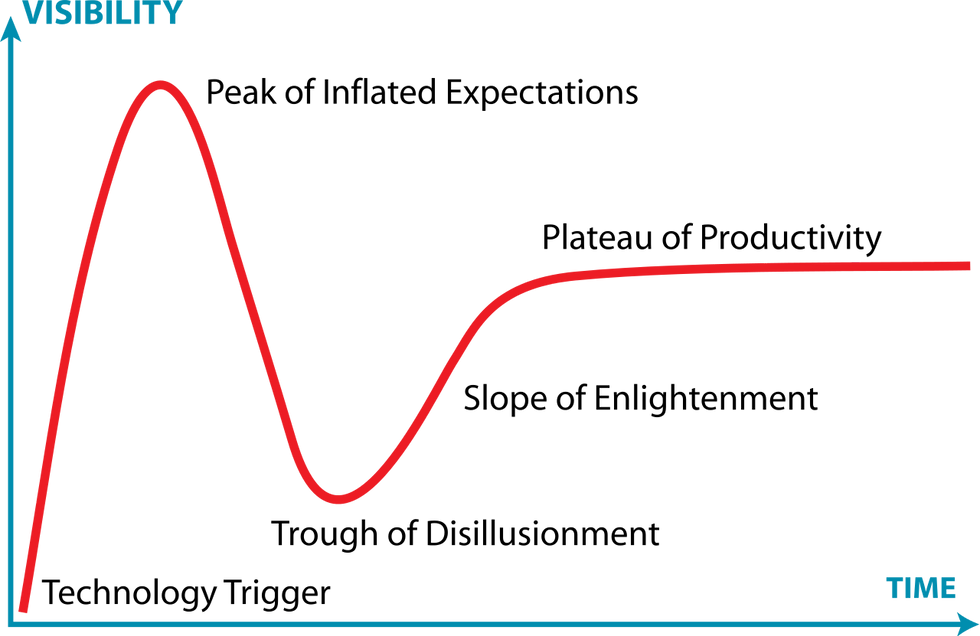Not-at-all then All-at-once: The Coronavirus Roundabout
- Joe
- Mar 20, 2020
- 3 min read
Updated: Mar 22, 2020

In an earlier post, I used roundabouts as a metaphor for navigating interesting and unique circumstances. I won’t go too deep (that’s what the post is for), but the general argument was pretty simple: We all make decisions under a set of assumptions. For our easy, automatic decisions, we can basically assume away the complexity and fly on “autopilot." It’s important to check these assumptions in new situations to ensure they’re valid.
I’d say 2020 has been a new situation.
Just a few weeks ago ago, the coronavirus was far from our shores and from our minds. It had just been found in Northern Italy, relegated to just a few villages. As a result, people all around the country made some assumptions. Officials assumed that testing people with symptoms would be sufficient for discovering it. The majority of us believed extensive measures (travel bans, distancing) wouldn’t be necessary to stop the disease from reaching the US. Instead, a steady stream of soap, water, and hand sanitizer would stop the virus in its tracks just like the flu. Finally, everybody I spoke to believed social distancing politically infeasible in the US.
Each of these assumptions has held for countless diseases. It’s easy even for people who choose not to vaccinate to avoid the flu. All the common colds we experience only spread when symptoms start to show. There hasn’t been a large-scale quarantine in the US in any living person’s memory.
But with just a little more thought, it would have become clear that these assumptions we made were entirely unjustified. The first assumption (testing after symptoms) has been known to be false for a long time. Even in January, when the virus had only reached Asia, it was clear that there was an asymptomatic incubation period.
The second assumption (extraordinary measures) should have been gone from the beginning. Just seeing how the virus was spreading within China, even after the enforcement of social distancing and their herculean infrastructure effort should have immediately clued us in to how dangerous and contagious this disease really was.
The third assumption relied on a solid foundation of data: never in recent memory had the US enforced mandatory quarantines. As is often the case, justifications followed the conclusion (future blog post). Americans would never accept a mandatory quarantine. The whole economy would grind to a halt. People would resist it politically. After all, it had never happened before!
At some point, it became obvious that we have also never seen a virus like this. And so here we are. Schools are closed (or online). Stores are hemorrhaging their toilet paper supplies. Self-isolation has moved from a remote possibility to a near certainty.
What changed?
The assumptions we live our lives by are the medium between our decisions and our reality. At some point, the deviation between our collective mental reality and the actual reality of what was occurring became so significant we saw it even without looking for it. Through the collective social conscious constituted by our daily discourse, media, and (ever growing) online interaction, we saw those assumptions crumble before us, replacing our previous reality with a newer, scarier one. Like a driver waking up on an unfamiliar roundabout, we were disoriented. We quickly moved away from our assumptions. Companies prepared to work from home or began working from home. Non-essential travel for companies and schools was cancelled. People began to stock up on the supplies necessary for a long-term isolation. Universities announced their move to the internet. It took time, but we collectively shut of our autopilot and moved into the driver’s seat, navigating an unfamiliar road with new and unexpected dangers. Had we been more cognizant of those critical assumptions, we likely could have put some of this into effect earlier, responding in a way that contradicts our usual way of life because our usual way of life no longer applies.
If nothing else, this blog post should make clear that the coming days are going to be very different from our previous ones. It’s important here to stay off our autopilot, making deliberate decisions about how to spend the time we’d normally spend at school or commuting or eating out.
On every level, from our daily lives up to global interventions, the opportunities and challenges that come our way will be new and unseen for many of us, and will require us to be constantly alert to our underlying assumptions and the directions they may steer us in.



Comments